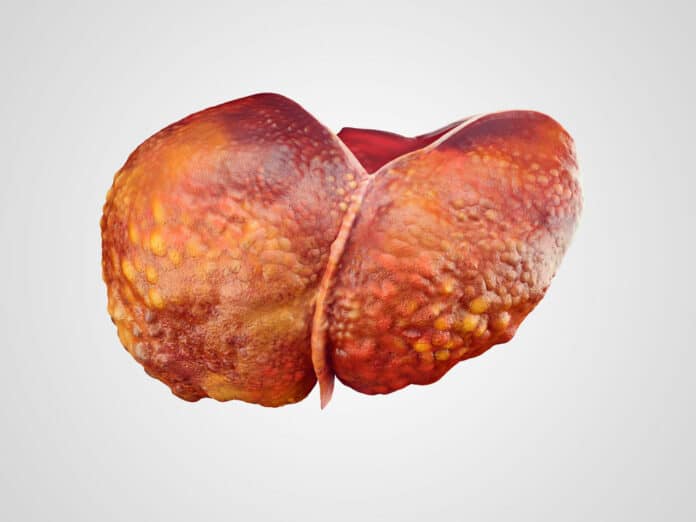A research team led by SDU has found that certain intestinal hormones, which are usually associated with menopause and fertility treatment, may positively impact reducing scar tissue formation in the liver, a condition known as liver fibrosis. Liver fibrosis can occur due to liver diseases like MASLD and MASH. Currently, there is no cure for liver fibrosis. While doctors address the underlying causes like obesity and diabetes, these treatments might improve liver function over time but don’t eliminate fibrosis.
Liver fibrosis is when scar tissue forms in the liver due to prolonged damage caused by alcohol, obesity, diabetes, or viral infection. It’s the early stage of cirrhosis, which can eventually lead to liver failure. Shockingly, 80-90 percent of patients with cirrhosis end up developing liver cancer.
A research team from Denmark and the U.S., led by Associate Professor Kim Ravnskjaer, discovered new changes in the cells that cause scar tissue formation in the liver, known as fibrosis. The cells responsible for fibrosis are called stellate cells because they look like stars. This finding was reported in their recent study published in the Journal of Hepatology.
Kim Ravnskjaer explains, “We have found a way to inactivate these cells and thus halt the fibrogenic process. This may offer a real opportunity for halting scar tissue formation.”
The research team found a way to ‘turn off’ stellate cells in the liver, which contribute to scar tissue formation, by exposing them to certain intestinal hormones. They focused on a hormone called vasoactive intestinal polypeptide (VIP), which is naturally present in the intestine and released during meals. Stellate cells in the liver have specific VIP receptors on their surface. When exposed to VIP, it stimulates the liver’s blood supply and keeps the stellate cells inactive. This discovery could be a foundation for developing treatments for liver fibrosis.
Professor Kim Ravnskjaer suggests this discovery could lead to new patient treatment methods. For instance, scientists might create synthetic hormones to target receptors on specific cells specifically. Currently, global research on liver fibrosis is ongoing, with a focus on developing effective drugs.
However, many of these drugs have serious side effects and are not approved. Ravnskjaer suggests that directing these drugs more precisely to the cell changes they’ve identified might be possible to avoid many of these side effects. The initial research results were observed in mice fed a high-fat, high-sugar ‘western diet’ for a year.”
“After finding certain cell changes in the livers of mice, we checked if the same changes were present in human liver tissues from patients. By examining samples from two hospitals in Denmark, we confirmed the same cell changes in all tissues,” said Ravnskjaer.
The researchers will continue studying these cells and receptors in patient samples to develop more precise treatments with fewer side effects. Ravnskjaer notes that a new drug based on these discoveries is still years away. The research received support from the Danish National Research Foundation, the Novo Nordisk Foundation-funded Danish Diabetes and Endocrine Academy, and the U.S. National Institutes of Health.
In conclusion, this research opens new possibilities for treating liver fibrosis by exploring the impact of hormones on stellate cells, particularly VIP. Identifying cellular changes and the potential for targeted therapies represent a significant advancement in the quest for effective and safer treatments for liver fibrosis.
Journal reference:
- Sofie M. Bendixen, Peter R. Jakobsgaard et al., Single cell-resolved study of advanced murine MASH reveals a homeostatic pericyte signaling module. Journal of Hepatology. DOI: 10.1016/j.jhep.2023.11.001.
